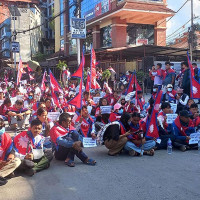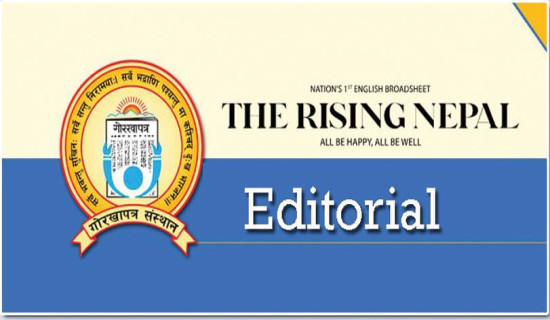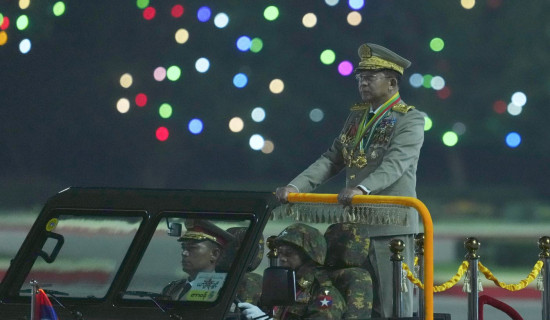- Saturday, 25 October 2025
Gen-Z protest turns tragic amid social media ban
By A Staff Reporter, Kathmandu, Sept. 9: What was expected to be a peaceful and restrained demonstration by Generation Z (Gen-Z) in the capital on Monday turned violent by afternoon, leaving at least 19 protestors dead and more than 453 injured.
The youth-led protests, organised under the banner of Gen-Z Nepal, erupted across the country in response to the government’s move to ban unregistered social media platforms and growing public frustration over rising irregularities.
The demonstration began peacefully from Monday morning but escalated when protesters attempted to breach police barricades and storm the Parliament building Monday noon.
Security forces responded with tear gas, water cannons and rubber bullets to disperse the mob. According to the Kathmandu Police Range, as of Monday evening, at least 17 have been killed, and over 100 others have sustained injuries, many in critical condition. Two other demonstrators were killed in Itahari.
In response to the escalating violence, the government imposed a curfew in parts of Kathmandu and deployed the army to restore order.
Security agencies were forced to open fire of rubber bullets after several dozen protestors breaking the curfew order, started breaking into the Parliament House in Baneshwar. The situation turned tense and deadly then. Over 2,000 security personnel were deployed to contain the situation, said the Police Headquarters.
According Senior Superintendent of Police (SSP) and Spokesperson for the Kathmandu Valley Office, Ranipokhari, Shekhar Khanal, all victims died while undergoing treatment at various hospitals in the capital.
The deaths occurred after police opened fire during the protest at New Baneshwor. Seven people died at Trauma Centre, three at Civil Hospital, one at Tribhuvan University Teaching Hospital, two at Kathmandu Medical College, and three at Everest Hospital.
Among the deceased, they have been identified as 25-year-old Sulabh Raj Shrestha from Banke, around 19-year-old Simaya Chaulagain, and 41-year-old Buddhi Bahadur Tamang of Kirtipur Municipality-2.
Meanwhile, 25-year-old Pawan Shahi of Khandachakra Municipality-1 in Kaliko sustained injuries.
Doctors at Trauma Centre said Shahi was shot in the abdomen, while Shrestha and Chaulagain sustained head injuries.
Police reported that 10 Nepal Police personnel and nine Armed Police Force members were injured while trying to control the demonstrations.
During the clashes, police have arrested 54 demonstrators for ‘unruly activities,’ Kathmandu District Police’s SP and Spokesperson Apil Bohara said. According to police, 453 people were injured in the clashes.
Dr. Badri Rijal, Medical Superintendent at the Trauma Centre, confirmed that seven lives were lost there, while treatment continues for 50 other injured individuals. Four of these patients remain in critical condition.
Elsewhere, Everest Hospital reported five fatalities, while Civil Hospital confirmed the deaths of three protesters who were brought in for emergency care. Kathmandu Medical College recorded two deaths, and one more death was reported at Teaching Hospital, according to hospital spokesperson Dr. Gopal Sedhain.
The identities of many deceased are yet to be disclosed, though reports indicate that some of the victims include school-age children, amplifying the grief felt across the city.
Meanwhile, the Ministry of Health and Population (MoHP), over 350 protestors injured individuals were receiving treatment in 11 government and private hospitals.
The Civil Service Hospital has been treating the highest number, with over 100 patients. Of them, 15 have been referred to Bir Hospital and Trauma Centre. The Civil Service hospital confirmed three deaths.
At the Trauma Centre, 49 patients are undergoing treatment. The Ministry has directed the centre to activate its disaster response plan to handle the emergency cases.
Bir Hospital has been treating six patients. Everest Hospital has admitted 34 injured, including seven in critical condition. Three deaths have been reported at the Everest Hospital. Patan Hospital has been treating four critically injured. Kathmandu Medical College (KMC) has admitted 32 patients, six of whom require urgent surgeries.
Similarly, 18 injured are receiving treatment at the Tribhuvan University Teaching Hospital, and three at Norvic Hospital. Outside Kathmandu Valley, Gandaki Medical College in Kaski is treating one patient, Pokhara Academy of Health Sciences has admitted two, and Damak Hospital in Jhapa is treating seven injured.
Curfew clamped in Capital
The District Administration Office, Kathmandu, has expanded the curfew area in the capital. Earlier, the curfew was imposed only in the Baneshwor–Tinkune area, but later the administration extended it.
According to the District Administration Office, curfew has now been enforced in the areas surrounding the Office of the President at Sheetal Niwas, the Office of the Vice President at Lainchaur, the Narayanhiti Palace Museum, and Singha Durbar.
An order issued by the Chief District Officer stated that the curfew would remain in place today from 1:00 PM to 10:00 PM.
Army deployed in New Baneshwor
Meanwhile, with the imposition of the curfew order following the Gen-Z protest, the army has been deployed in the New Baneshwor area. The deployment came after the protest turned aggressive, in order to bring the situation under control.
The Kathmandu District Administration Office has enforced the curfew from New Baneshwor Chowk westward up to Everest Hotel through Bijuli Bazaar; from Baneshwor Chowk eastward through Min Bhawan, Shantinagar up to Tinkune Chok; from Baneshwor northward through Iplex Mall up to Ratna Rajya Secondary School; and from Baneshwor Chowk southward down Sankhamul slope up to Sankhamul Bridge.
Free treatment of injured
Meanwhile, the government has decided to provide free treatment to those injured during the protests of Gen-Z. The Ministry of Health and Population has issued a circular to all federal hospitals on Monday, directing them to provide any life-saving treatment free of charge to citizens injured during the demonstrations.
Under the leadership of Health and Population Minister Paudel, the Ministry has instructed federal hospitals to ensure immediate treatment for injured protesters without charging any fees.
Similarly, the Ministry has also directed that ambulance services be made more effective and be easily available at various required locations.
The Ministry has called on the Kathmandu Valley ambulance network to facilitate the transfer of patients referred by hospitals to other medical facilities.
Additionally, all doctors and healthcare workers have been urged by the ministry to unite and actively participate in the treatment of the injured.
Infiltration causes violence
Meanwhile, Minister for Communication and Information Technology Prithvi Subba Gurung, Prithvi Subba Gurung, claimed that reactionary forces had infiltrated under the name of Gen-Z. Speaking briefly with on Monday afternoon, Minister Gurung, who is also the government spokesperson, said that the protests went beyond the agenda and extended into sensitive areas, resulting in arson.
“The demands of Gen-Z were for investigating corruption and resuming social media, but arson and attacks occurred at major government centres like the Parliament building and Singha Durbar,” he said. “Following that, a tragedy ensued.”He noted that the death of many people during the protest is unfortunate.
“Reactionaries and anarchists infiltrated this protest with the intention of seizing power,” he said. “Further details may also be provided by the Home Minister; there is a Cabinet meeting this evening, so more information will come.”He also claimed that no other country has experienced such incidents due to social media being shut down. He stated that there was no immediate decision to resume social media.


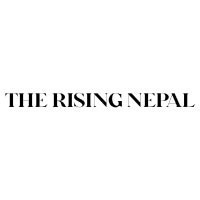
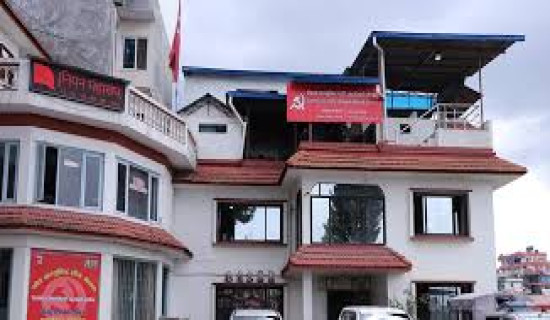
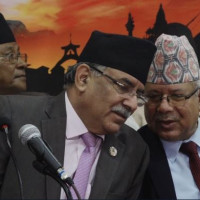
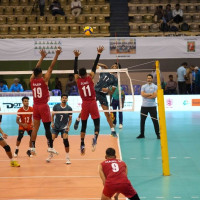
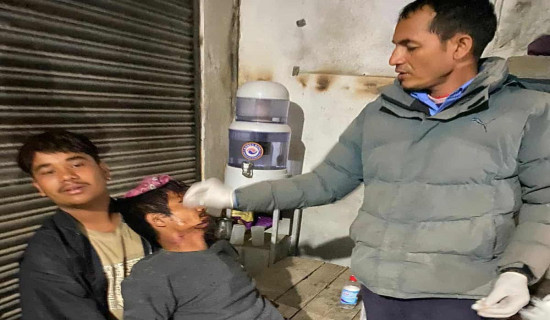
-square-thumb.jpg)
